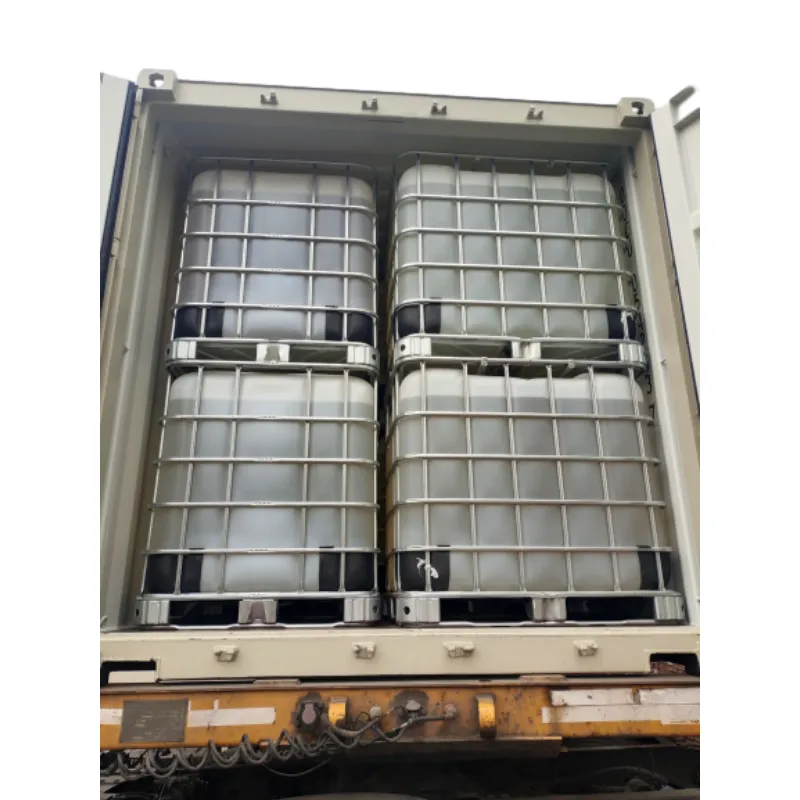
Understanding the Role of Additives in Modern Bread Production and Quality Improvement
Additives in Bread Enhancing Flavor and Freshness
Bread is one of the oldest staple foods known to humanity, cherished for its simplicity and versatility. However, the modern bread-making process has evolved significantly, leading to the widespread use of additives. These ingredients, often used in commercial bread production, serve various purposes, from enhancing flavor and texture to prolonging shelf life.
What Are Bread Additives?
Bread additives are substances added to improve the qualities of bread. They can include natural ingredients, such as enzymes and acids, as well as synthetic compounds. The use of additives is motivated by several factors, including the desire for consistency in flavor and texture, cost-effectiveness, and the growing demand for products that have a longer shelf life.
Common Types of Additives
1. Enzymes One of the most common additives in bread is enzymes. Amylase, for instance, breaks down starches into sugars, which yeast can ferment to produce carbon dioxide and alcohol, helping the dough rise. Protease enzymes improve the bread’s texture, making it softer and easier to chew.
2. Emulsifiers These are compounds that help blend ingredients that normally don’t mix well, such as oil and water. Common emulsifiers like monoglycerides and diglycerides stabilize the dough, enhancing its extensibility and improving the overall texture of the bread.
3. Preservatives To extend shelf life, many commercial bread producers incorporate preservatives. Calcium propionate is a common choice, preventing mold growth without altering the flavor. Other preservatives, such as ascorbic acid, also play roles in dough strengthening.
4. Flavor Enhancers Additives like malt and vinegar are often used to enhance flavor. Malt not only contributes sweetness but also improves the browning of the crust. Vinegar can lower the pH of dough, enhancing gluten development and giving bread a pleasant tang.
additives in bread

5. Coloring Agents While many consumers appreciate the appearance of freshly baked bread, some manufacturers use coloring agents to achieve a uniform look. Caramel color, for instance, is often added to enhance the golden-brown color of the crust.
The Pros and Cons of Additives
The use of additives in bread has its advantages. They help create a consistent product, improve texture, and reduce food waste by prolonging freshness. In addition, additives can make bread more appealing, offering variations in flavor and style that suit consumer preferences.
However, the incorporation of additives also raises concerns. Many consumers today are increasingly health-conscious and prefer products made with minimal ingredients. The presence of artificial additives can lead to skepticism regarding the nutritional value of bread. Additionally, some individuals may experience sensitivities or allergies to specific additives, making transparency in labeling essential.
The Shift Towards Clean Labels
In recent years, there has been a significant shift towards “clean label” products. Consumers are looking for bread made with recognizable ingredients, avoiding synthetic additives. In response, many artisanal bakers and brands are reformulating their recipes, focusing on whole, natural ingredients and traditional baking methods.
This trend is not just about health; it reflects a broader desire for transparency and quality in food production. As consumers become more educated about what goes into their food, the demand for simpler, additive-free bread will likely continue to grow.
Conclusion
Additives play a crucial role in modern bread-making, enabling manufacturers to produce consistent, appealing, and long-lasting products. While they offer clear benefits, there is a rising demand for transparency and simplicity in ingredient lists. As consumer preferences evolve, the bread industry faces the challenge of balancing the use of additives with the growing desire for clean label products that prioritize health and sustainability. In this dynamic landscape, the future of bread promises to be both innovative and rooted in tradition.
-
Why Glacial Acetic Acid Food Grade Is Essential in FlavorNewsMay.26,2025
-
Surging Export Growth of Food Additives in ChinaNewsMay.26,2025
-
How Ammonium Nitrate Fertilizer Boosts Crop YieldsNewsMay.26,2025
-
How 1,2,3-Benzotriazole Shields Plastics from UV DegradationNewsMay.26,2025
-
Cyanide in Gold Mining: Protecting People and the PlanetNewsMay.26,2025
-
Aluminum Hydroxide in Modern Sunscreen FormulationsNewsMay.26,2025
-
Understanding Synthetic Rubber OptionsNewsApr.27,2025
Hebei Tenger Chemical Technology Co., Ltd. focuses on the chemical industry and is committed to the export service of chemical raw materials.
-

view more DiethanolisopropanolamineIn the ever-growing field of chemical solutions, diethanolisopropanolamine (DEIPA) stands out as a versatile and important compound. Due to its unique chemical structure and properties, DEIPA is of interest to various industries including construction, personal care, and agriculture. -

view more TriisopropanolamineTriisopropanolamine (TIPA) alkanol amine substance, is a kind of alcohol amine compound with amino and alcohol hydroxyl, and because of its molecules contains both amino and hydroxyl. -

view more Tetramethyl Thiuram DisulfideTetramethyl thiuram disulfide, also known as TMTD, is a white to light-yellow powder with a distinct sulfur-like odor. It is soluble in organic solvents such as benzene, acetone, and ethyl acetate, making it highly versatile for use in different formulations. TMTD is known for its excellent vulcanization acceleration properties, which makes it a key ingredient in the production of rubber products. Additionally, it acts as an effective fungicide and bactericide, making it valuable in agricultural applications. Its high purity and stability ensure consistent performance, making it a preferred choice for manufacturers across various industries.











